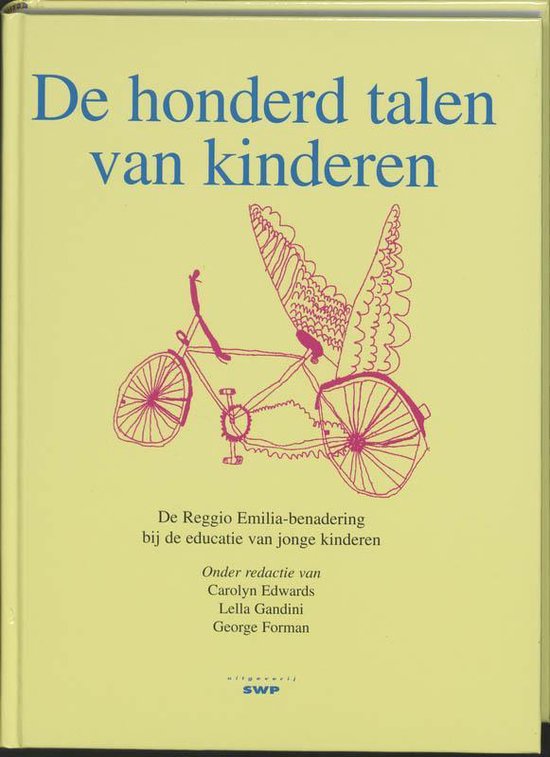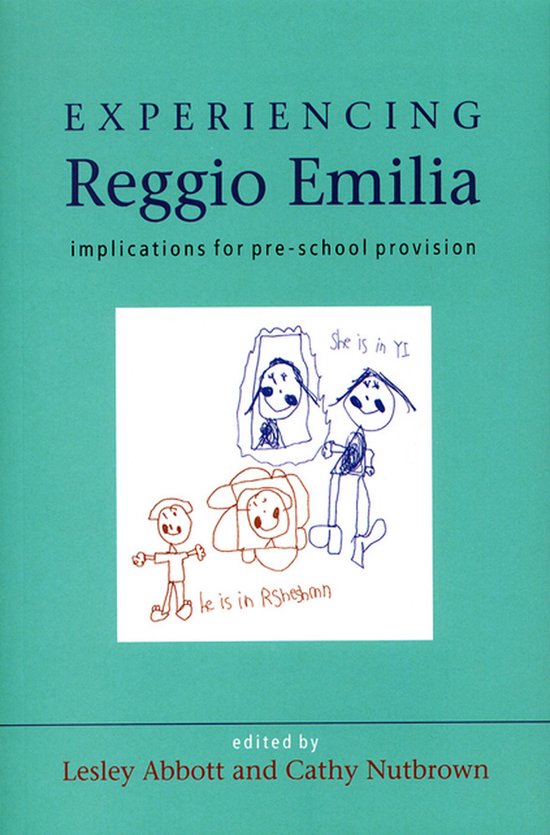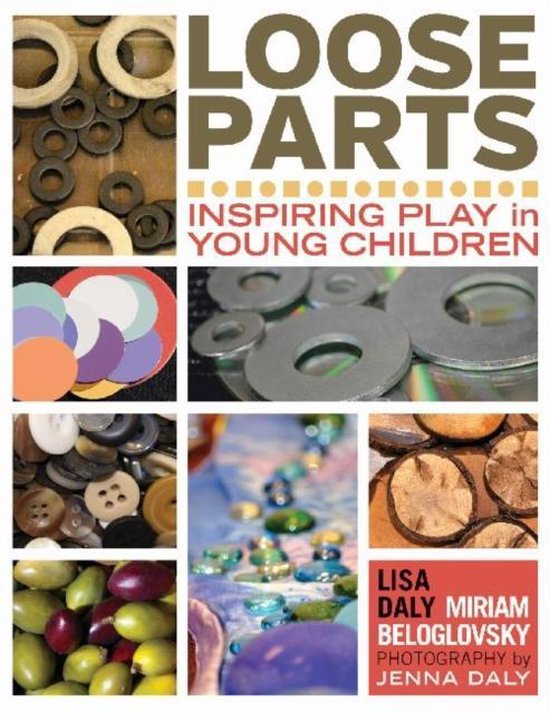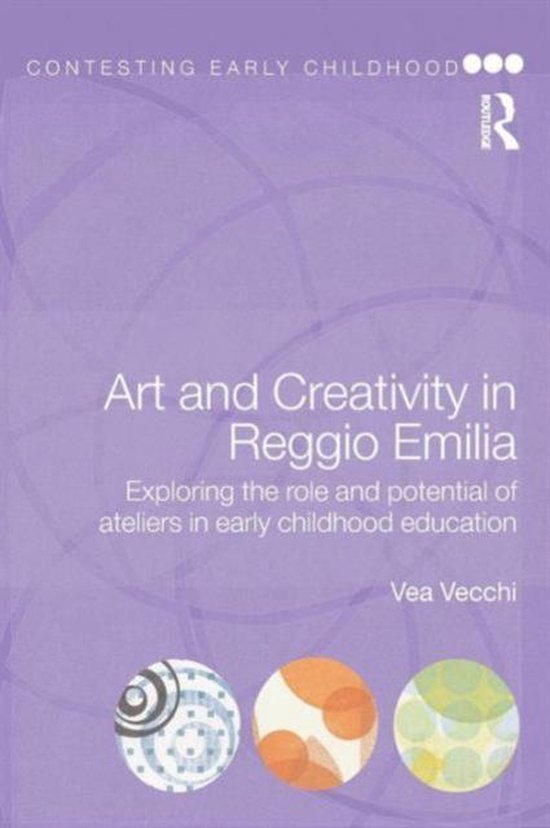
Hundred Languages Of Children
Why does the city of Reggio Emilia in northern Italy feature one of the best public systems of early education in the world? This book documents the comprehensive and innovative approach that utilizes the "hundred languages of children" to support their well-being and foster their intellectual development.
Why does the city of Reggio Emilia in northern Italy feature one of the best public systems of early education in the world? This book documents the comprehensive and innovative approach that utilizes the "hundred languages of children" to support their well-being and foster their intellectual development. Educators in Reggio Emilia, Italy, use a distinctive innovative approach that supports children's well-being and fosters their intellectual development through a systematic focus on symbolic representation. From birth through age six, young children are encouraged to explore their environment and express their understanding through many modes of expression or "languages," including verbal communication, movement, drawing, painting, sculpture, shadow play, collage, and music. This organic strategy has been shown to be highly effective, as the children in Reggio Emilia display surprising examples of symbolic skill and creativity. This book describes how the world-renowned preschool services and accompanying practical strategies for children under six in Reggio Emilia have evolved in response to the community's demographic and political transformations, and to generational changes in both the educators and the parents of the children. The authors provide the reader with a comprehensive introduction to the Reggio Emilia experience, and address three of the most important central themes of the work in Reggio in detail: teaching and learning through relationships; the hundred languages of children, and how this concept has evolved; and integrating documentation into the process of observing, reflecting, and communicating.
Why does the city of Reggio Emilia in northern Italy feature one of the best public systems of early education in the world? This book documents the comprehensive and innovative approach that utilizes the "hundred languages of children" to support their well-being and foster their intellectual development. Educators in Reggio Emilia, Italy, use a distinctive innovative approach that supports children's well-being and fosters their intellectual development through a systematic focus on symbolic representation. From birth through age six, young children are encouraged to explore their environment and express their understanding through many modes of expression or "languages," including verbal communication, movement, drawing, painting, sculpture, shadow play, collage, and music. This organic strategy has been shown to be highly effective, as the children in Reggio Emilia display surprising examples of symbolic skill and creativity. This book describes how the world-renowned preschool services and accompanying practical strategies for children under six in Reggio Emilia have evolved in response to the community's demographic and political transformations, and to generational changes in both the educators and the parents of the children. The authors provide the reader with a comprehensive introduction to the Reggio Emilia experience, and address three of the most important central themes of the work in Reggio in detail: teaching and learning through relationships; the hundred languages of children, and how this concept has evolved; and integrating documentation into the process of observing, reflecting, and communicating.
| Auteur | | Carolyn Edwards |
| Taal | | Engels |
| Type | | Paperback |
| Categorie | | Onderwijs & Didactiek |





